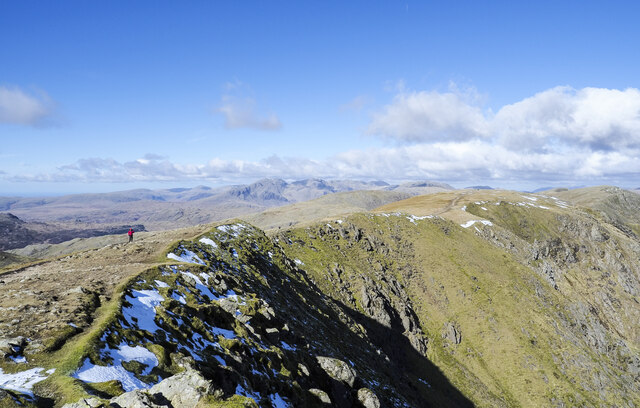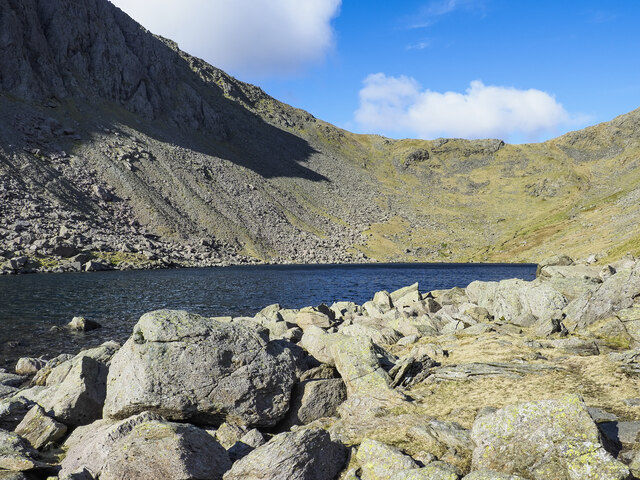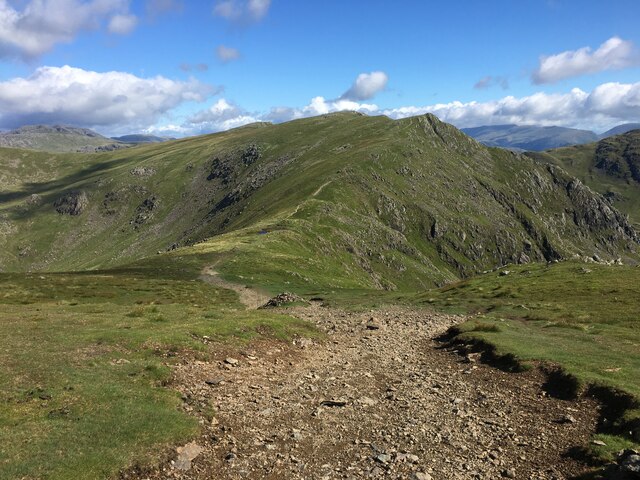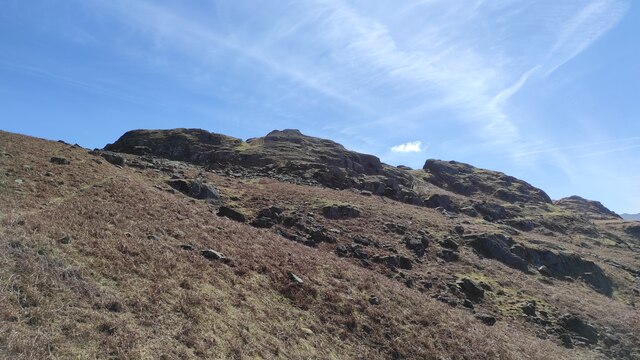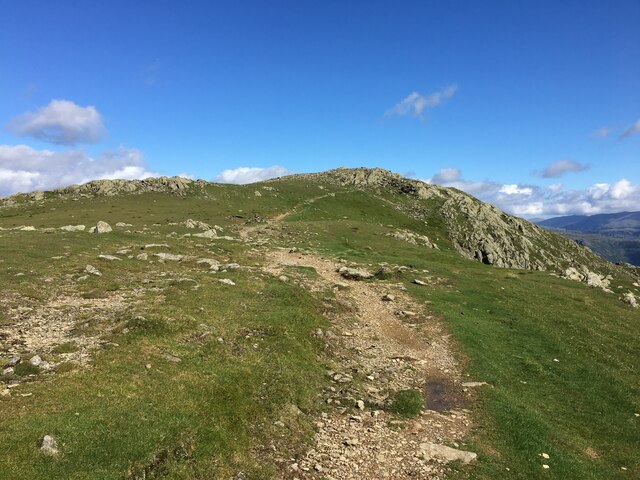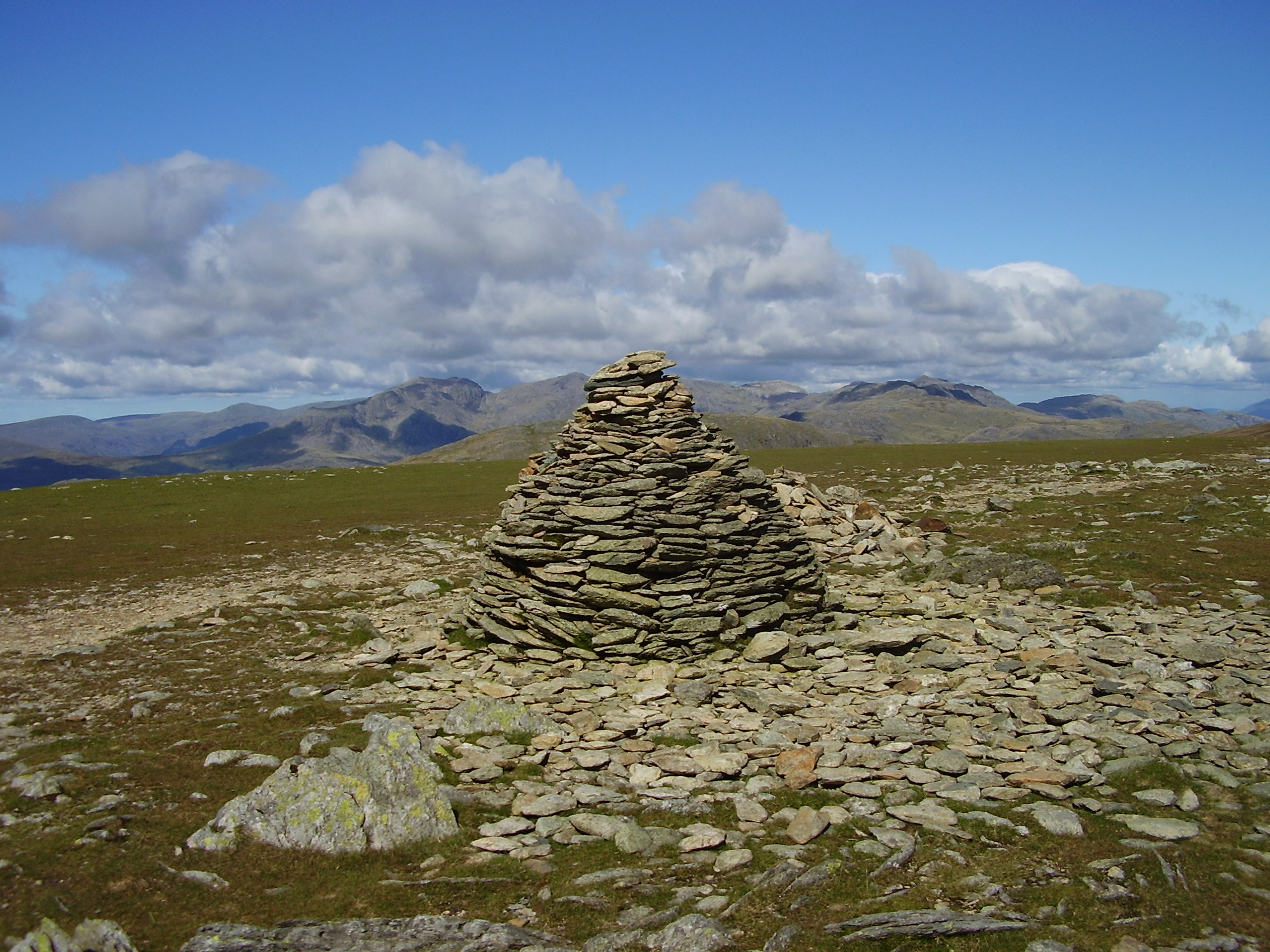Tarn Head Moss
Downs, Moorland in Lancashire South Lakeland
England
Tarn Head Moss
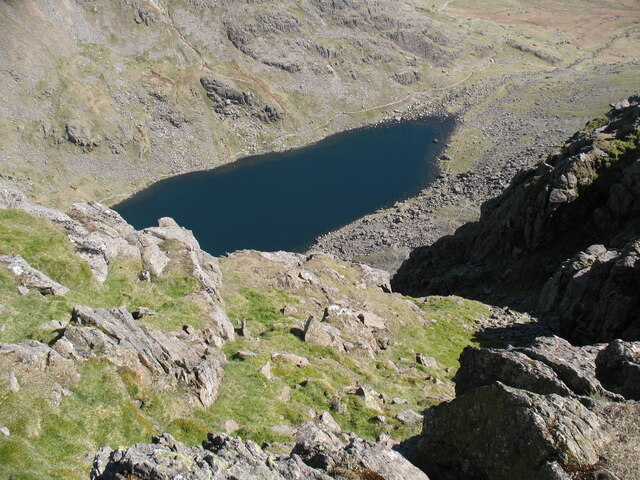
Tarn Head Moss is a vast expanse of moorland located in Lancashire, England. Situated in the county's Downs region, it covers a significant area and is known for its unique natural beauty and ecological importance.
The moss is characterized by its undulating terrain, with stretches of open heathland interspersed with patches of dense vegetation and peat bogs. The landscape is dominated by heather, gorse, and bracken, creating a diverse and colorful display throughout the year. It is also home to a variety of wildlife, including birds such as curlews, lapwings, and golden plovers.
Tarn Head Moss is known for its role in water management, acting as a natural reservoir by retaining rainwater and slowly releasing it into local streams and rivers. The moss plays a crucial role in maintaining the water cycle and supporting the surrounding ecosystems.
In addition to its ecological significance, Tarn Head Moss also holds historical importance. The area is dotted with remnants of ancient settlements, including stone circles and burial mounds, indicating human presence dating back thousands of years. These archaeological sites offer a glimpse into the region's rich and varied past.
Tarn Head Moss is a popular destination for outdoor enthusiasts, offering opportunities for hiking, birdwatching, and nature photography. Its vast open spaces and unspoiled landscapes provide a peaceful retreat for visitors seeking tranquility and a connection with nature.
If you have any feedback on the listing, please let us know in the comments section below.
Tarn Head Moss Images
Images are sourced within 2km of 54.383511/-3.1430216 or Grid Reference SD2599. Thanks to Geograph Open Source API. All images are credited.
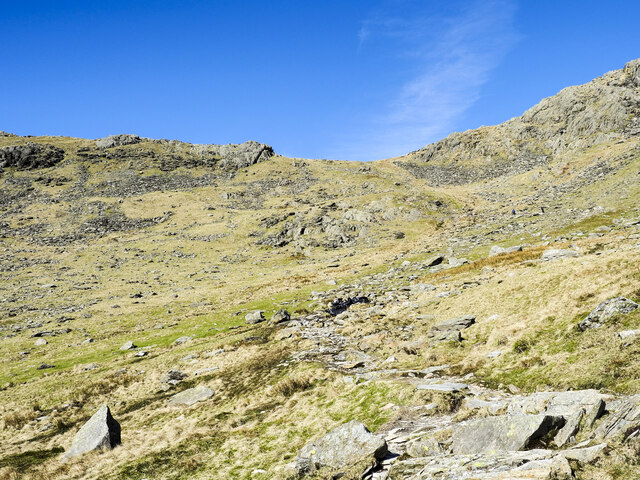
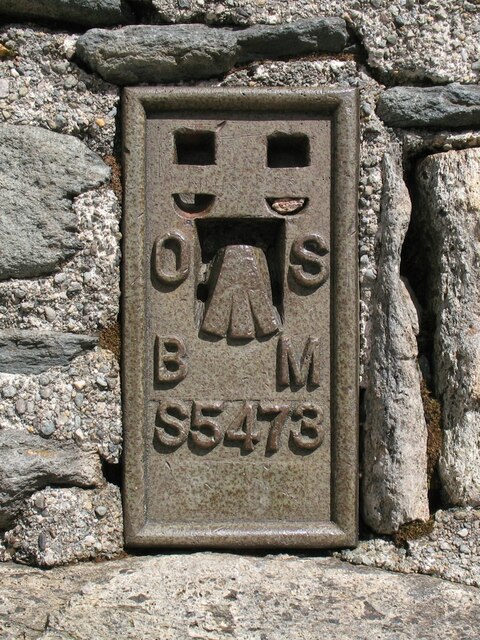


![Sheep fold northeast of Tongue House Close For further info. see ‘MNA117875 | National Trust Heritage Records’. 2015. Nationaltrust.org.uk &lt;<span class="nowrap"><a title="https://heritagerecords.nationaltrust.org.uk/HBSMR/MonRecord.aspx?uid=MNA117875" rel="nofollow ugc noopener" href="https://heritagerecords.nationaltrust.org.uk/HBSMR/MonRecord.aspx?uid=MNA117875">Link</a><img style="margin-left:2px;" alt="External link" title="External link - shift click to open in new window" src="https://s1.geograph.org.uk/img/external.png" width="10" height="10"/></span> &gt; [accessed 18 October 2023]](https://s3.geograph.org.uk/geophotos/07/62/80/7628091_b2f52aec.jpg)
Tarn Head Moss is located at Grid Ref: SD2599 (Lat: 54.383511, Lng: -3.1430216)
Administrative County: Cumbria
District: South Lakeland
Police Authority: Cumbria
What 3 Words
///players.steady.highlight. Near Ambleside, Cumbria
Nearby Locations
Related Wikis
Seathwaite Tarn
Seathwaite Tarn is a reservoir in the Furness Fells within the English Lake District. It is located to the south of Grey Friar and to the west of Brim...
Grey Friar
Grey Friar is a fell in the English Lake District, it is one of the Coniston Fells and is situated 13 kilometres (8 miles) west-south-west of Ambleside...
Brim Fell
Brim Fell is a fell in the English Lake District. It stands to the west of Coniston village in the southern part of the District. == Topography == The...
Dow Crag
Dow Crag is a fell in the English Lake District near Coniston, Cumbria. The eastern face is one of the many rock faces in the Lake District used for rock...
Nearby Amenities
Located within 500m of 54.383511,-3.1430216Have you been to Tarn Head Moss?
Leave your review of Tarn Head Moss below (or comments, questions and feedback).
